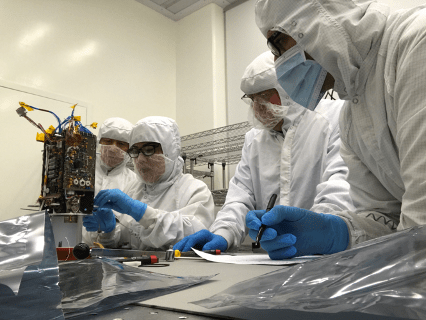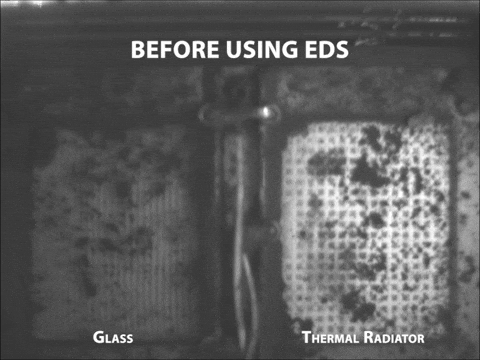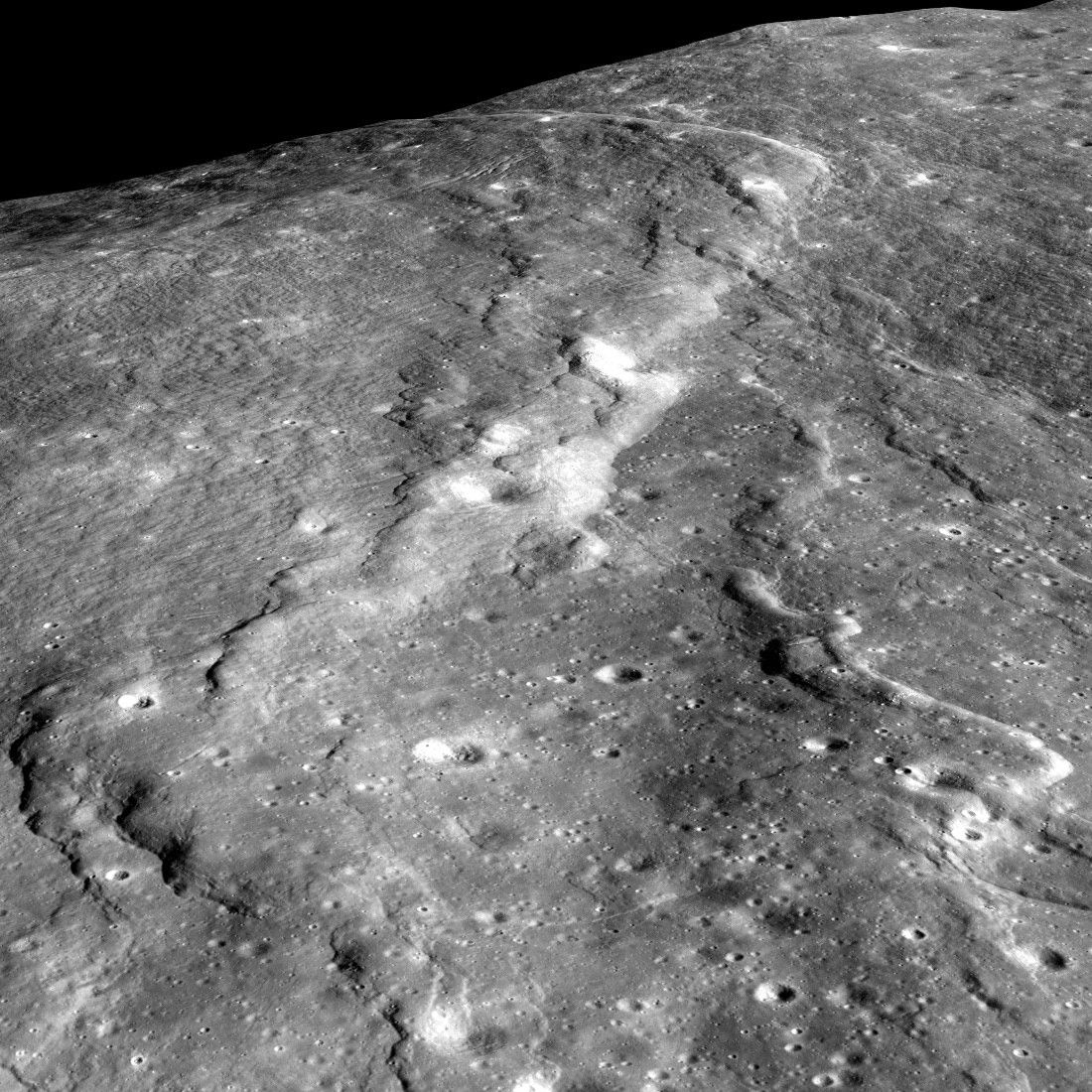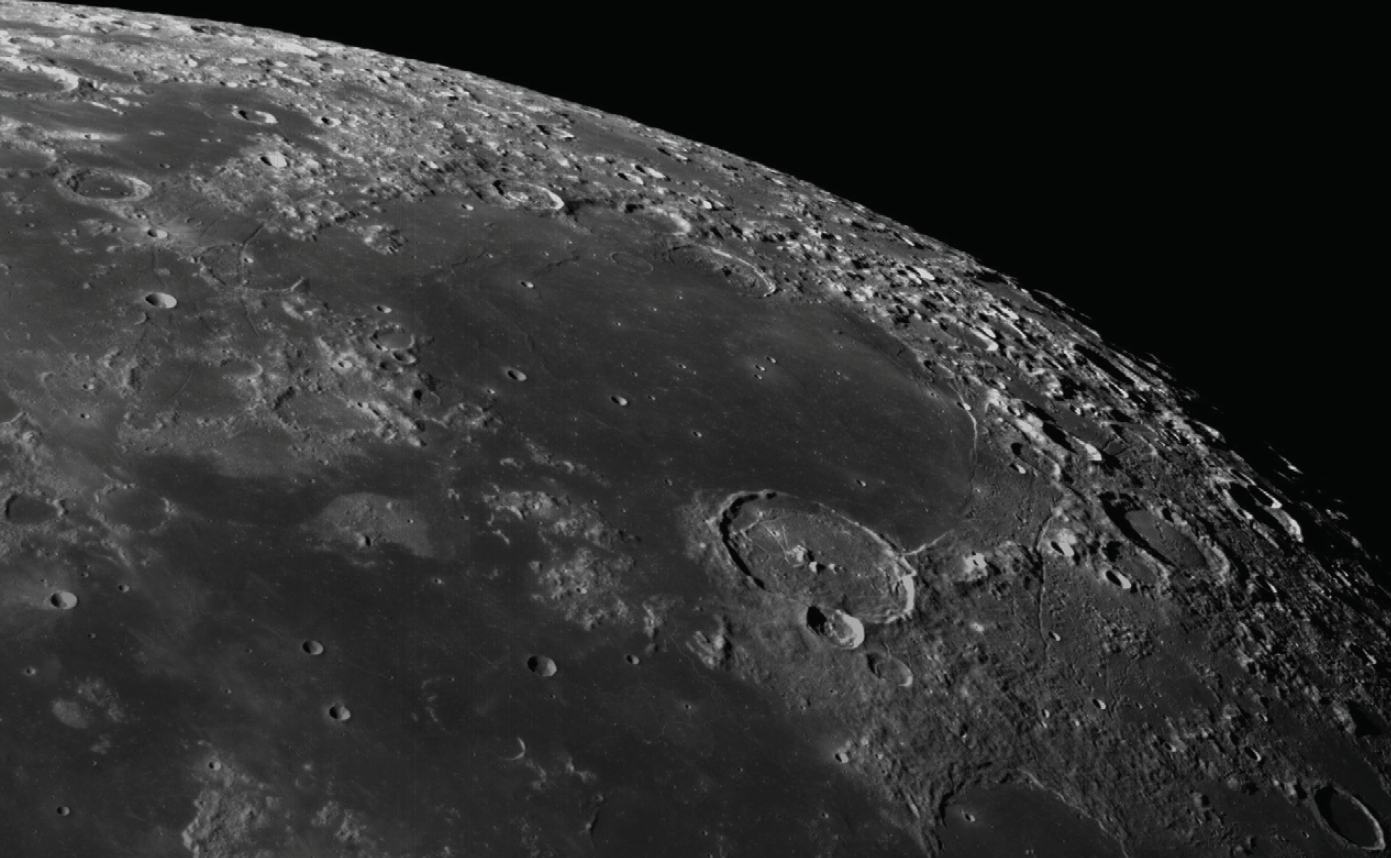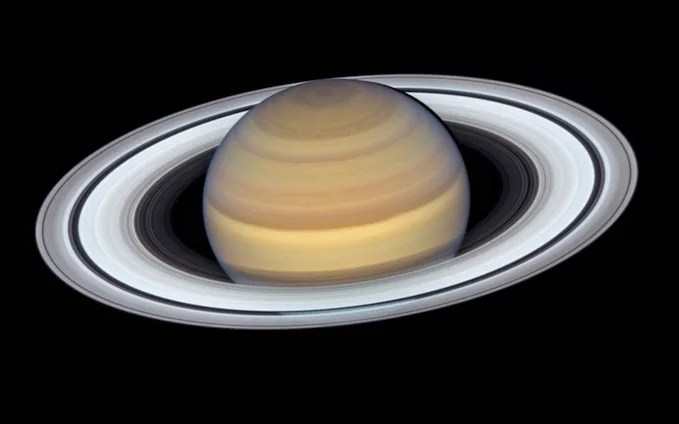In the Science Mission Directorate (SMD), the Exploration Science Strategy Integration Office (ESSIO) ensures science is infused into all aspects of lunar exploration. Through researching the Moon and its environment, and by using the Moon as an observation platform, NASA strives to gain a greater understanding of the Moon, the solar system, the universe, and the deep space environment. We integrate goals of the National Academy’s Decadal Surveys as well as other scientific community documents with the priorities of the Agency into a comprehensive strategy for lunar science. Amongst other things, our office is tasked with the integration of science into Artemis and the Moon to Mars architecture.
ESSIO leads integration between SMD Divisions, NASA Mission Directorates, other government agencies, international partners, as well as the broad scientific and commercial communities.
This integration is accomplished through development of instruments/payloads, leading cross-directorate activities, fostering international partnerships, and creating innovative methods of sending payloads to the lunar surface with commercial entities.
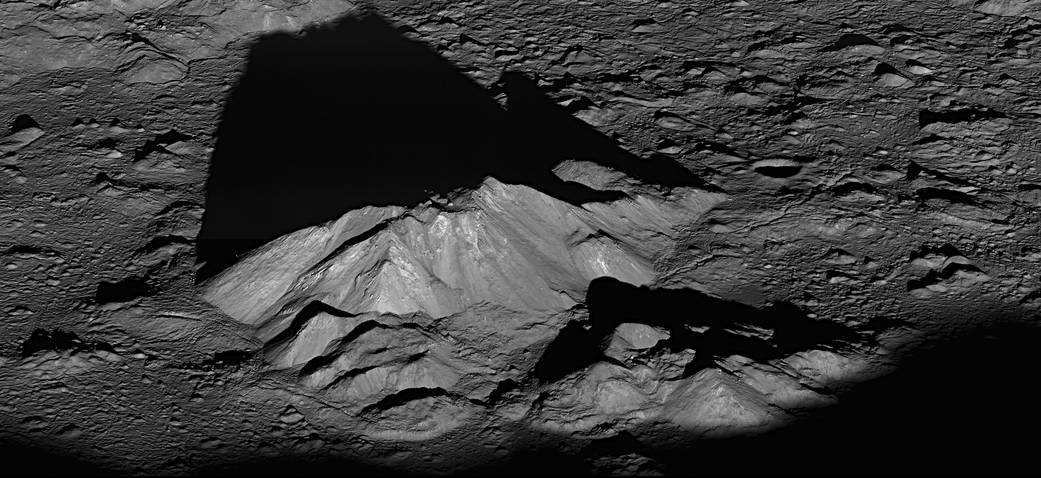
The Commercial Lunar Payload Services (CLPS) aims to build a sustainable lunar economy that will produce rapid, frequent, and affordable access to the lunar surface and cislunar space.
The payloads we are sending to the Moon have instruments that will produce new and complementary lunar datasets to aid in scientific research and exploration of the Moon and beyond. These payloads will help us answer high priority science questions, allow us to test new technologies, and help us prepare and reduce risk for human surface exploration.
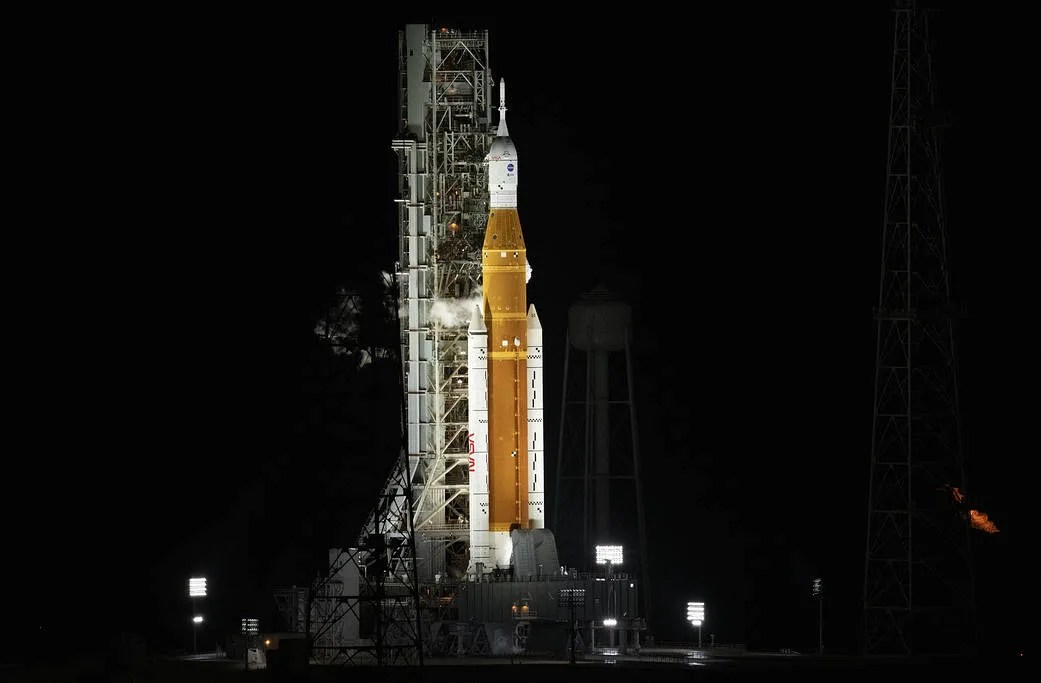
Lunar Stories
Overview
The Moon is a cornerstone for solar system science and exoplanet studies.
Understanding the Moon helps us understand other planets, how they have evolved and the processes which have shaped their surfaces. It also helps us understand the influence the Moon has had on the Earth, the record of the ancient Sun, and it serves as a platform to study the rest of the universe.
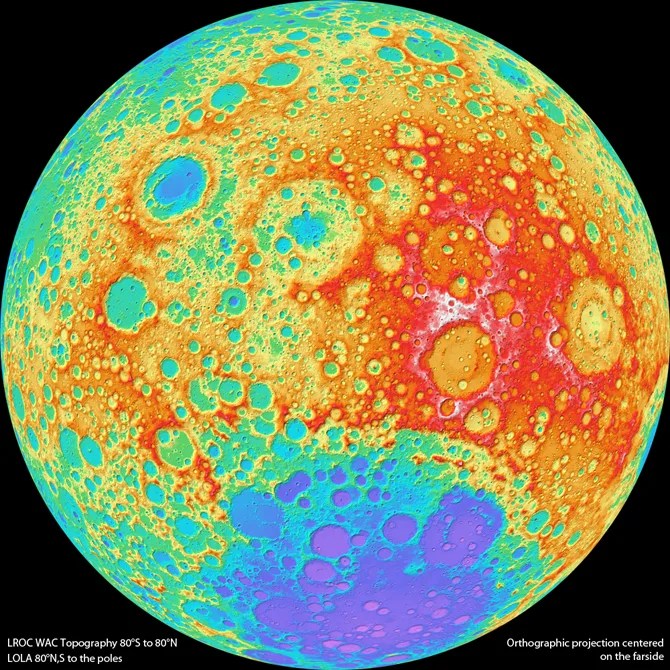
Elements
The Lunar Discovery and Exploration Program (LDEP) has several coordinated and focused elements to facilitate study and exploration of the Moon.
DEP supports industry partnerships and innovative approaches to accomplishing exploration and science goals, including the Commercial Lunar Payload Services (CLPS).
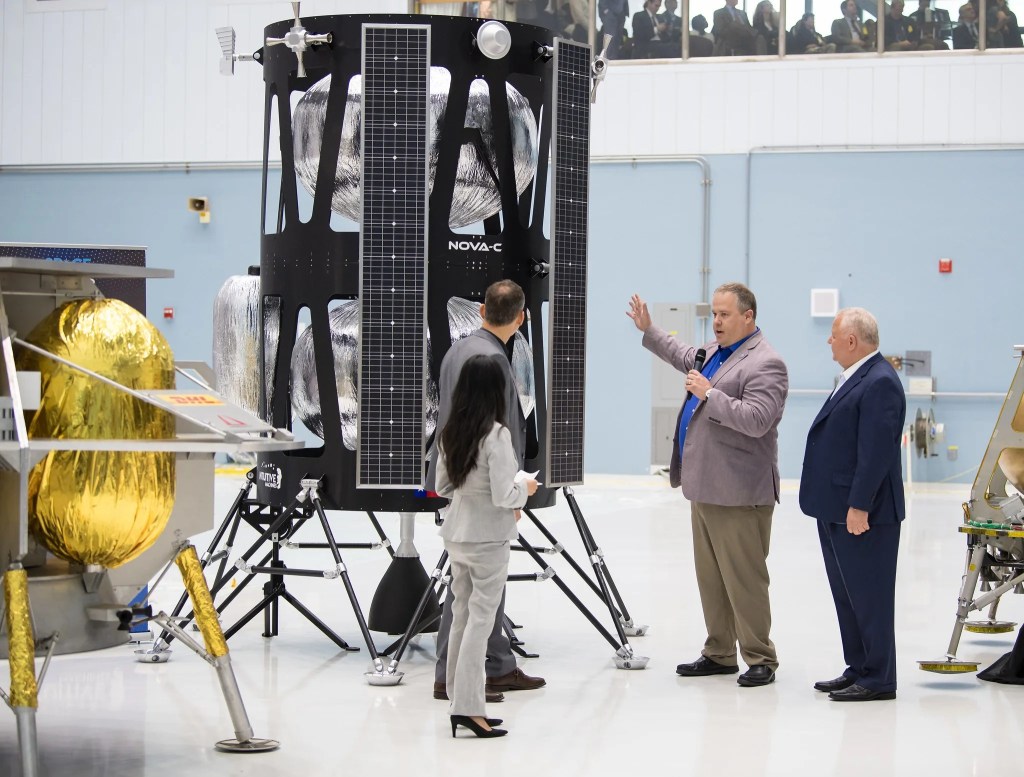
CLPS Overview
Commercial Lunar Payload Services Deliveries
CLPS deliveries and lunar surface destinations that are planned for the near-term and represent the deliveries for which there are selected instruments/payloads.
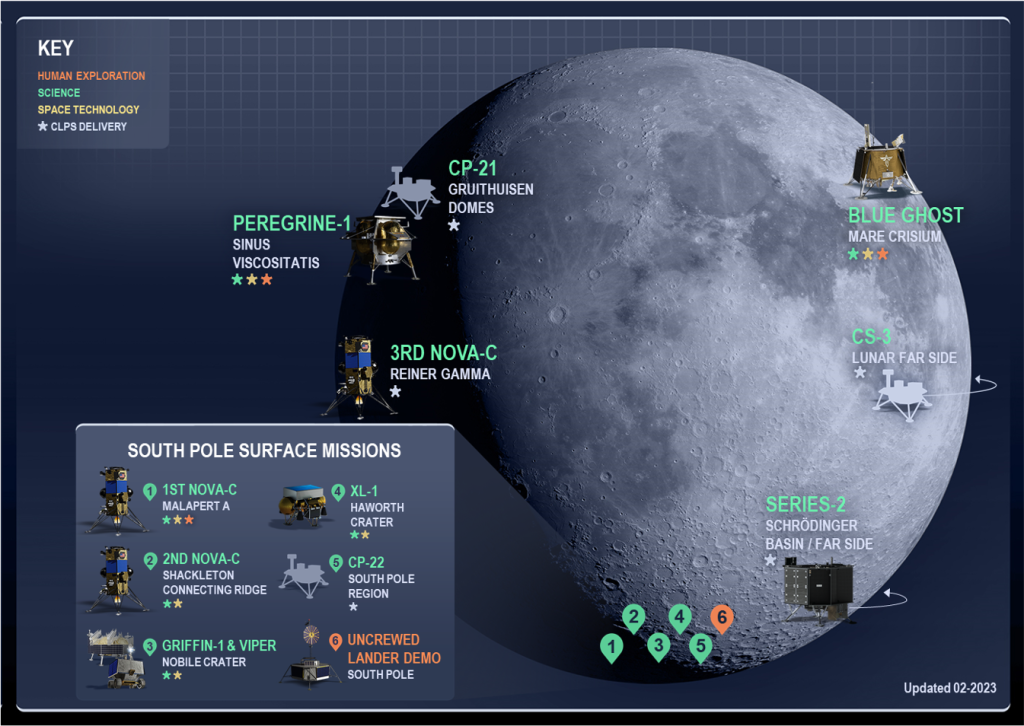
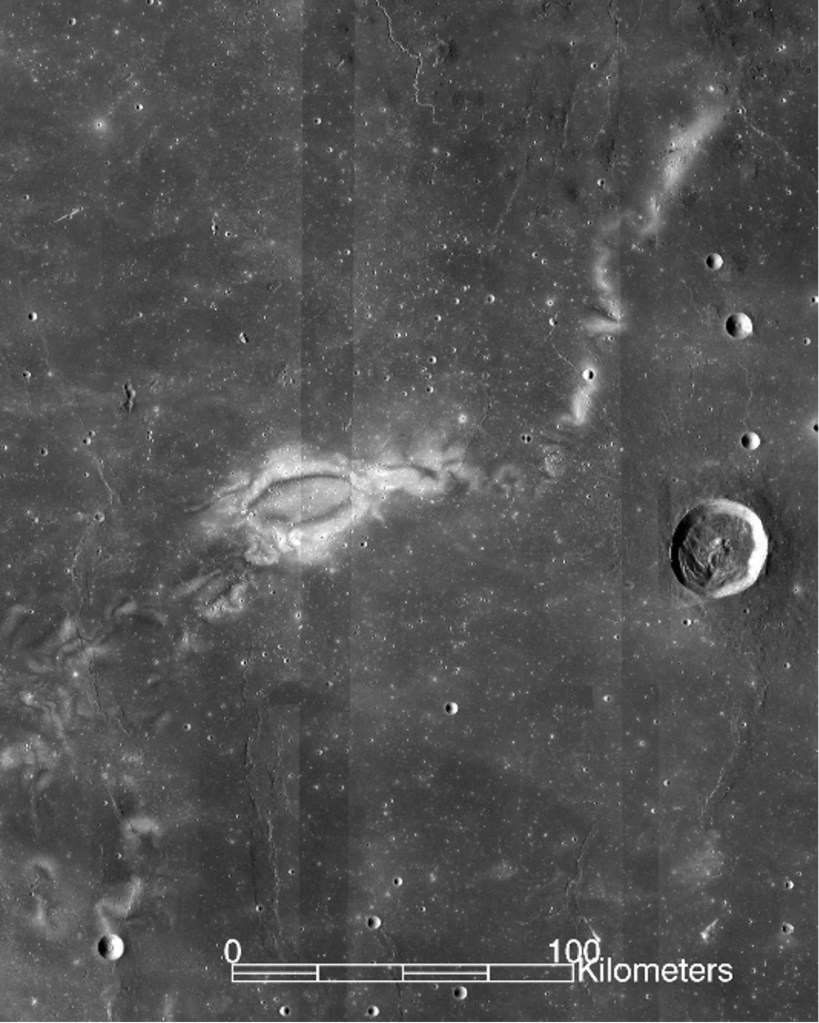
Surface and Exosphere Alterations by Landers (SEAL): NASA’s Next Lunar Payload?
PROJECT Surface and Exosphere Alterations by Landers (SEAL) SNAPSHOT SEAL will provide valuable in situ lunar data to give scientists…
Read the Story